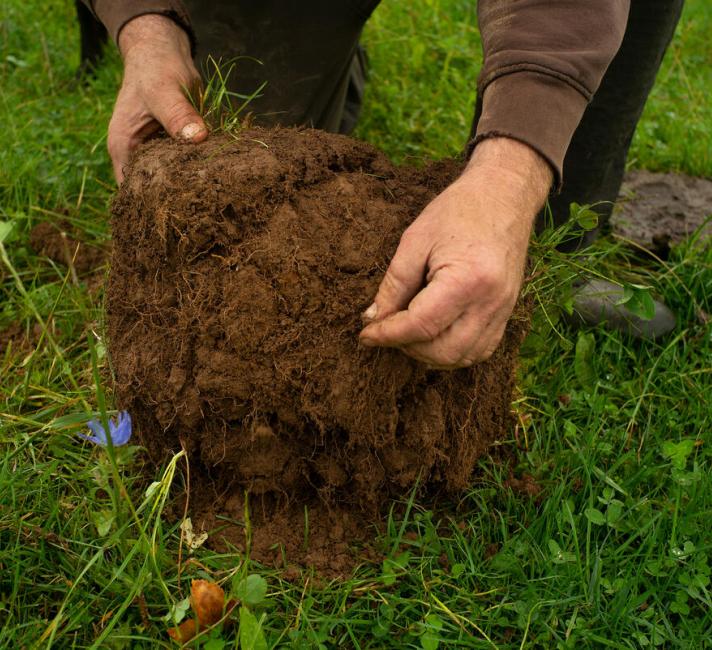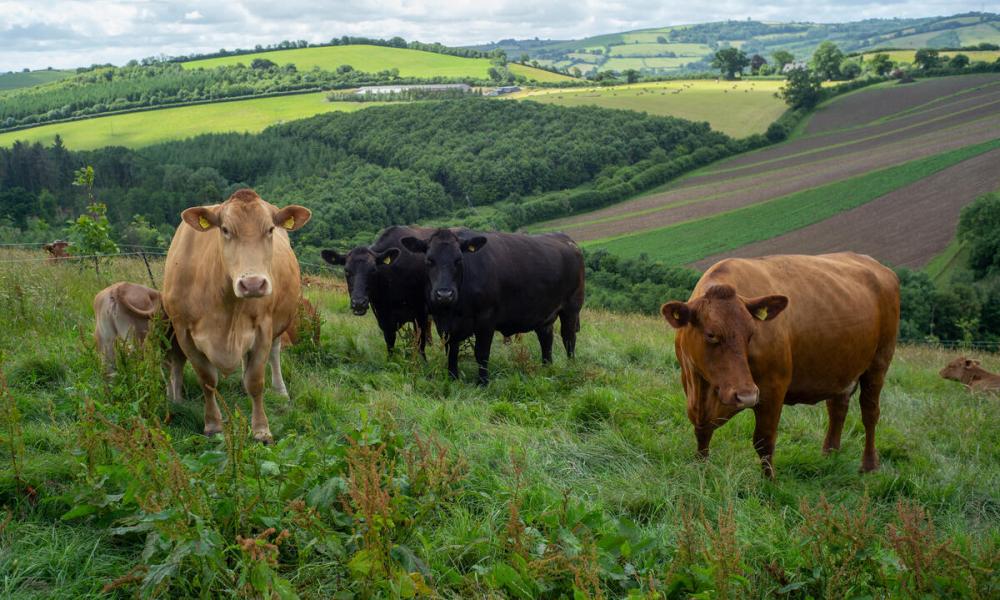
Accelerating the transition to regenerative agriculture

What is the relationship between regenerative agriculture and NbS?
What is the relationship between regenerative agriculture and NbS?
Nature-based Solutions (NbS) are defined as “actions to protect, sustainably manage and restore natural or modified ecosystems that address societal challenges effectively and adaptively, simultaneously providing human well-being and biodiversity benefits”.1
At the heart of regenerative agriculture is a holistic approach to restore and maintain ecosystem health, particularly soil health, with a core set of principles. The goal is to improve soil fertility, water retention, and biodiversity while reducing the need for external inputs like synthetic fertilisers and pesticides. Regenerative agriculture aims to sustain agricultural productivity and regenerate degraded landscapes.
Where regenerative agriculture interventions align with IUCN NbS standards, they can be recognised as NbS in their own right. These criteria include addressing societal challenges; promoting biodiversity net gain; economic viability; addressing trade-offs fairly; inclusive governance with adaptive management; and promoting supportive regulatory and policy regimes. Care must be taken to ensure regenerative agriculture efforts are embedded in a broader sustainability strategy that: recognises biophysical limits, enhances the resilience of agricultural lands, does not cause inappropriate land conversion or livestock overuse, and enhances the economic sustainability and well-being of farmers.

Barriers to scaling regenerative agriculture
Barriers to scaling regenerative agriculture
Commissioned by WWF-UK’s Nature-based Solutions Accelerator, through the Climate Solutions Partnership programme, Re:Pattern held a series of workshops and conversations with organisations based in the UK, US, and France, that work directly with farmers, to explore barriers and opportunities to scaling regenerative agriculture. The following points emerged as key barriers:
- Insufficient access to high-quality advice:
In most markets there are often not enough advisors or consultants who can provide reliable and trusted advice to farmers on transitioning to regenerative agriculture. - Insufficient investment/financial support for the early years of transition:
Even when farmers can access high-quality advice, they are often left with a funding gap to cover transition costs. This is a combination of initial investments (usually modest) and the reduction of productivity (yields) in the early years, while natural soil health recovers and builds up. - Insufficient scale to meet investor expectations / criteria:
Whilst there is increasing investor demand to support Nature-based Solutions such as regenerative agriculture, the scale of regenerative transition investment per farm is relatively small and therefore difficult for most commercial investors to structure without some form of aggregation.

Case for an integrated approach
Case for an integrated approach
In response to the findings that emerged during this piece of work, an integrated approach is proposed in the form of an Agro-ecological Service Company (AESCo) model – to mobilise finance, provide high quality advice where needed, and allow aggregation to make a more convincing proposition to potential investors.
It is a contribution of experience and ideas to the wider food and farming sector, to inform a collaborative response to the need for a wide-scale transition to more sustainable food and farming systems. The model was initially formulated in 2022 and continues to hold relevance to discussions on what it will take to scale regenerative agriculture.
Download the report, or Watch our video: Re:Pattern’s James Vaccaro explains the AESCo model.
Sources
1Cohen-Shacham, E., Walters, G., Janzen, C. and Maginnis, S. (eds.) (2016). Nature-based Solutions to address global societal challenges. Gland, Switzerland: IUCN. xiii + 97pp.